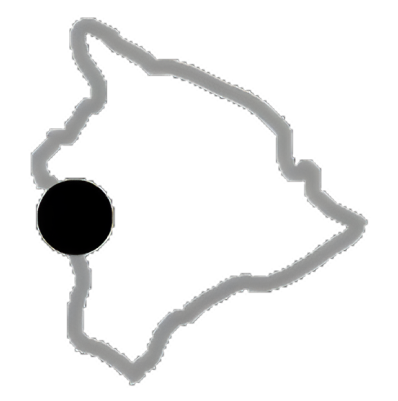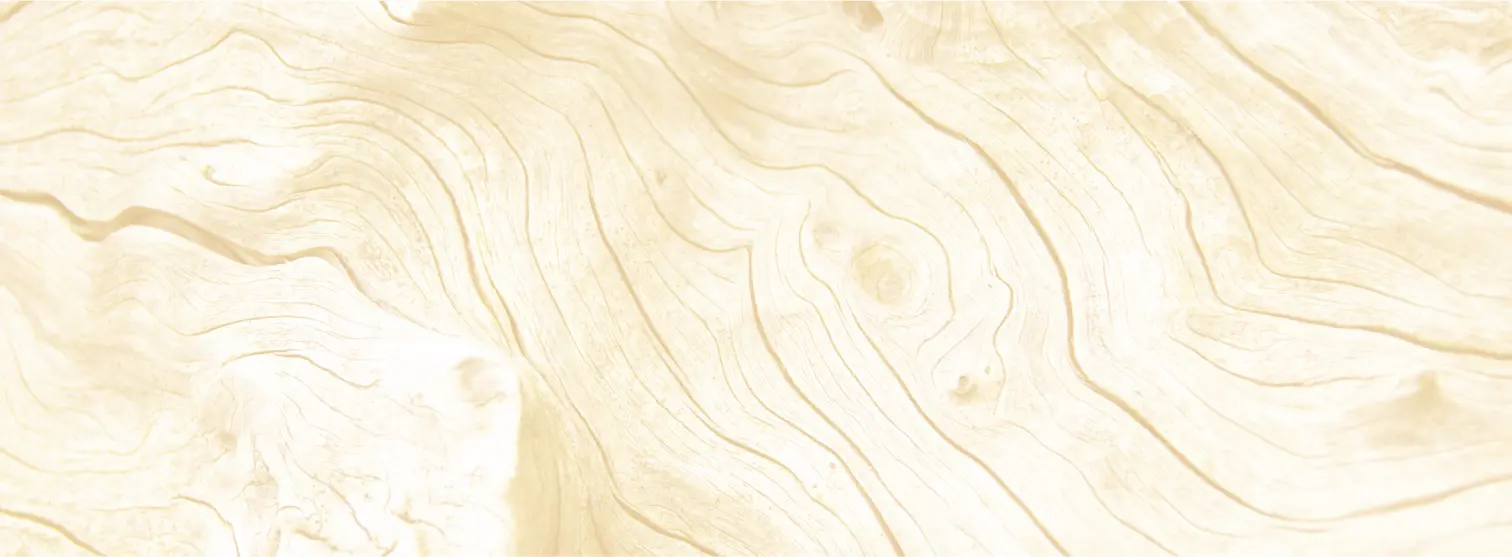Distribution & Biology: Preferred habitat are lowland areas, however they can be found in mid and high elevations as well (up to 7000 ft). Females produce 2-3 pups up to twice a year. Mongoose are opportunistic feeders and will feed on on fruit, carrion, eggs, insects, snails, frogs, lizards, fish, crabs, birds, turtle hatchlings and rodents
Ecological Impact: Mongoose predation on eggs and fledglings is a serious threat to ground-nesting birds, including native species, domestic poultry, gamebirds, and colonial seabirds. In particular, the mongoose has contributed to reducing populations of the following native, endangered birds: Hawaiian Goose (Nene), Hawaiian Duck (Koloa), Hawaiian Stilt (Ae’o) and Hawaiian Coot (Alae ke’o ke’o), Hawaiian Moorhen (‘Alae’ula)Newell’s Shearwater (‘A’o) and Wedge-tailed Shearwater (‘Ua’ukani)


